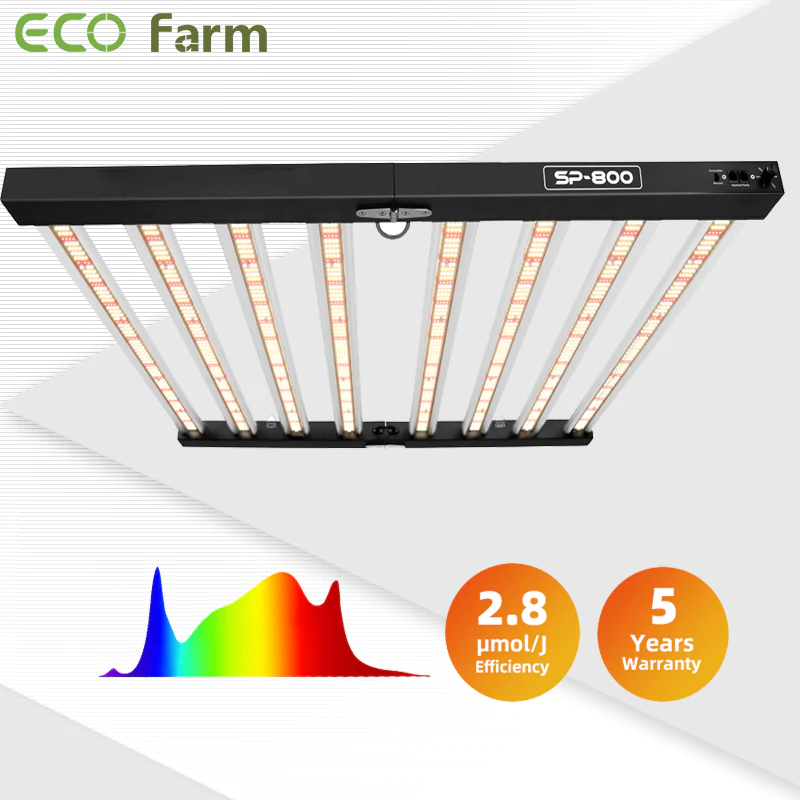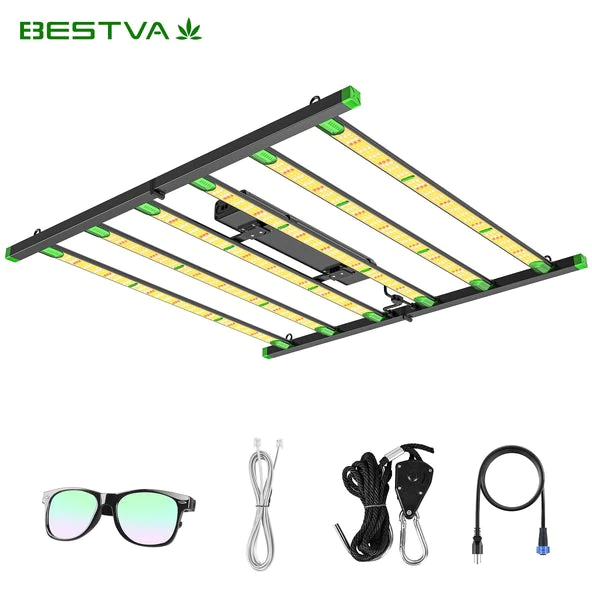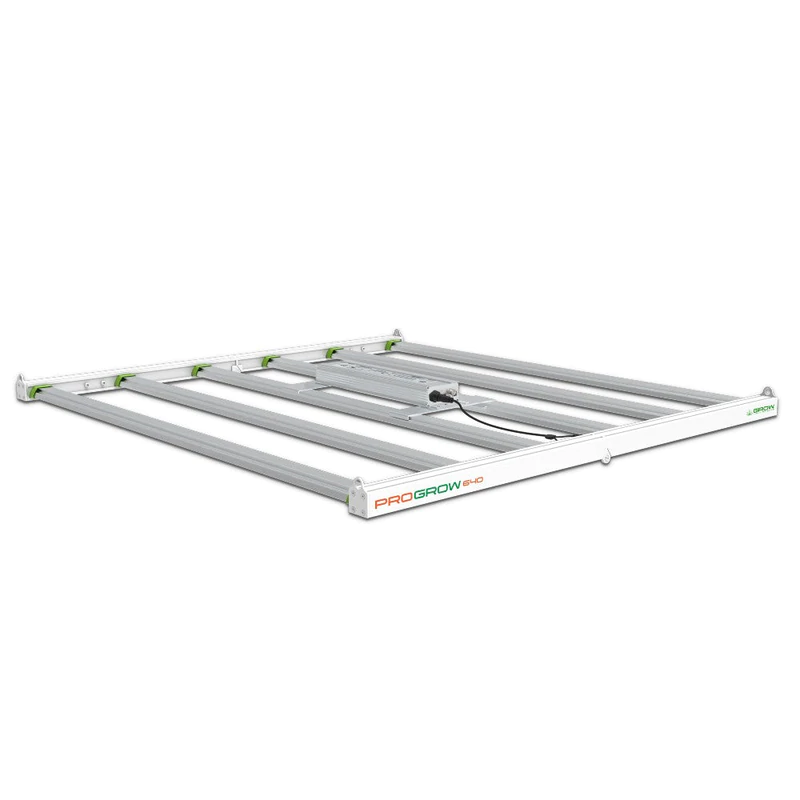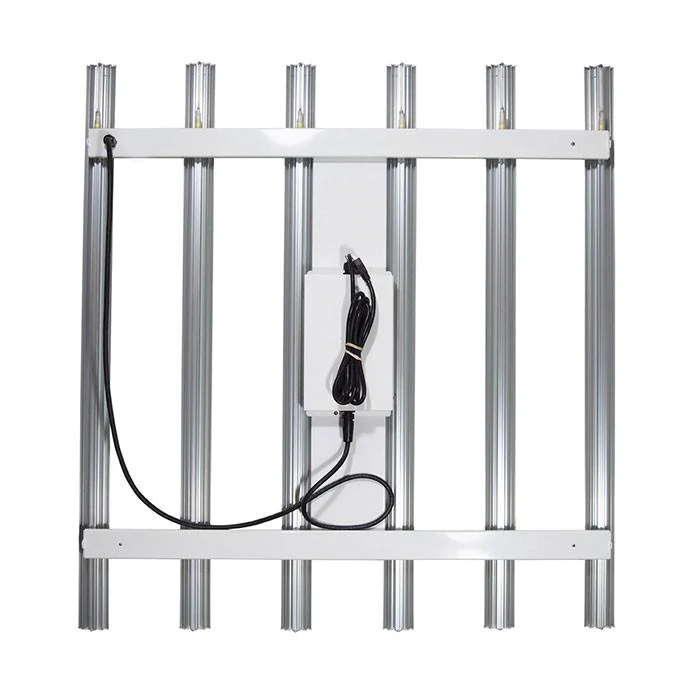- Home
-
SHOP ECO FARM
- ECO Farm Grow Lights
- ECO Farm LED Grow Lights
- ECO Farm Quantum Board
- ECO Farm Samsung LED Grow Lights
- ECO Farm COB Grow Lights
- ECO Farm Commercial Lights
- ECO Farm Supplemental Grow Light
- ECO Farm Fluorescent grow lights
- ECO Farm HPS & MH Grow Lights
- ECO Farm CMH Grow Lights
- ECO Farm HID/CMH Bulbs & Ballasts
- ECO Farm Grow Tents & Kits
- ECO Farm 2x2ft Grow Kits
- ECO Farm 3x3ft Grow Kits
- ECO Farm 3.3x3.3ft Grow Kits
- ECO Farm 4x4ft Grow Kits
- ECO Farm 5x5ft Grow Kits
- ECO Farm Grow Tent - Standard Style
- ECO Farm Grow Tent - Extension & Roof & Lodge Style
- ECO Farm Extraction & Harvest
- ECO Farm Rosin Press Machine
- ECO Farm Dry & Wet Trimmers
- ECO Farm Oil Accessories
- ECO Farm Medicinal Plants Grinder
- ECO Farm Medicinal Plants Containers
- ECO Farm Medicinal Plants Dryer
- ECO Farm Refrigeration Dryer
- ECO Farm Climate Control & Other Accessories
- ECO Farm Inline Duct Fans
- ECO Farm Oscillating Fans
- ECO Farm Exhaust Fans
- ECO Farm Air Filter
- ECO Farm Duct Muffler
- ECO Farm Ventilation Kits
- ECO Farm Plant Humidifiers
- ECO Farm Plant Dehumidifiers
- ECO Farm Hydroponic Accessories
- ECO Farm Other Accessories
- ECO Farm Hydroponics Microscopes
-
TOP BRANDS
- Grow Lights Brands
- Adjust-A-Wing
- Apollo Horticulture
- Bestva
- Black Dog LED
- California Lightworks
- ChilLED Grow Light
- Eco Farm
- HLG - Horticulture Lighting Group
- Kingled
- Kind LED
- Mars Hydro
- Morsen
- Neilo
- NextLight
- Phlizon
- PlatinumLed
- Roleadro
- Optic LED Grow Lights
- ViparSpectra
- Vivosun
- EYE Hortilux
- IPOWER
- NanoLux
- Phantom grow light
- Gavita grow lights
- Grower's Choice
- Lumatek
- Maxibright
- Yearld Pro
- ThinkGrow
- Crecer Lighting
- Green Sunshine Electric Sky
- fohse aries
- loriflux
- luxx
- fluence
- iluminar
- Lex
- LTC
- Rayonled
- FGI
- PHOTONTEK
- Grow Tents & Kits Brands
- Apollo Horticulture
- Black Box
- CoolGrows
- Eco Farm
- GrowLab
- Gorilla Grow Tents
- Mars Hydro
- Quictent
- Secret Jardin
- Unit Farm
- TopoGrow
- VIVOSUN
- Topolite
-
COMPANY INFO
-
COOPERATE WITH US
- Blog
Buying Guide: 600W LED Grow Light for Indoor Plants of 2023
May 10, 2023
Indoor gardening is growing in popularity, with more and more people looking to complement their home and office spaces with lush plants. To keep these houseplants healthy and growing, they must be provided with adequate lighting, especially in areas with limited natural sunlight. By choosing grow lights from our recommendations, you’ll give houseplants just the right amount of light they need to thrive indoors, making your space more vibrant than ever.
Why Choose the Best Grow Lights for Plants?
Seeing your indoor/semi-indoor plants grow fast and strong can be a rewarding experience. However, don’t forget that any plant needs plenty of light to grow.
Natural sunlight is always the best source, but it’s not always easy to get them in indoor settings. This is where grow lights come into the scene, designed to provide your precious plants with a full spectrum of lighting for better photosynthesis.
To ensure your money is well spent, grow lights will provide many benefits, including:
grow faster
higher yield
No disease or developmental problems (eg: slow growth or long legs, yellowing leaves, etc.)
Cost savings for clients on tight budgets
No need for a greenhouse or outdoor patio.
ECO Farm SP-600 Samsung Foldable Dimmable Full Spectrum LED Grow Light

Features:
With a high efficiency of 2.8 umol/j and a power consumption of 630W, this ECO Farm LED grow light facilitates efficient growing operations, helping you efficiently optimize plant growth, improve yield quality and reduce operating costs. This full spectrum LED grow light promotes photosynthesis at all stages of growth, especially flowering, from cutting/seeding, nutrition and flowering. Grow lights for indoor plants replicate the spectrum of natural sunlight and output a broad, consistent and pronounced wavelength range from 400 to 700nm that can be grown throughout the plant life cycle. It can help your plants grow healthier and have better harvests. LEDs generate far less heat than HPS and other HID lights, making them ideal for gardening. The aluminum heatsink, along with the wide 6 passive cooling strips, better removes heat to keep you cool and reduces ambient heat in the grow space for longer lamp life.
BESTVA BAT W600 Dimmable LED Grow Light

Features:
The BAT W600 LED is the solution for indoor growing environments where ceiling height and distance from the tree canopy are critical. The BAT W600 is ideal for use in vertical racks, low rooms, benches and even tents. The BESTVA BAT W600 provides an efficient full spectrum and a healthy red-blue ratio to drive photo composition. Light energy between 500–599nm, previously thought to be wasted, penetrates deep into the plant canopy and promotes photomorphogenetic responses. High color rendering “white” light helps quickly identify potential threats to crops and provides superior working conditions and safety for workers.
Grow Light Science PROGROW 640 LED Grow Light

Features:
PROGROW 640 is a full cycle overhead lighting solution for commercial or residential plants cultivation. The 640’s form factor allows for expandability and multiple grow room and grow tent configurations where photosynthesis and yield maximization are the goals. PROGROW 640 provides high PPFD levels with or without CO2 supplementation. Top light output (PPF), spectral distribution and efficacy will deliver amazing results with little impact on your wallet. PROGROW 640 will deliver PPFD levels of over 1,000 umols/m2/s, either individually or in arrays of multiple cells. We recommend that all growers conduct research and trials within their growing space to design the best combination of inputs.
Spectrum King 600W LED LowPro Flower

Features:
The Spectrum King LED grow light is a 660W grow light system with an efficiency equivalent to a 1000W LED. The grow light system is designed for vertical shelving solutions; you mount the lights 3 inches from the plants. Grow lights offer a 4X4 footprint. It offers 141.57 efficacy and a lumen output of 102,000 lumens. LED grow lights feel like plants are getting closer to the sun. The planting system is designed for a 3" tall vertical racking solution. The LED grow light system is the shortest and brightest LED grow light system on the market. The LEDs are rated at 50,000 hours to ensure long life. So don’t worry about spending unnecessarily on grow light fixtures.
Things to Know Before Buying Grow Lights
There are many different grow lights out there. How do you know which one is right for you? Here are some questions to ask yourself:
What area do I need to cover with light?
What growth stages will I use this light for?
Is overheating a problem?
Types of Grow Lights
There are many types of grow lights, but it really comes down to HID lights vs LED lights. Compact fluorescent lights can be used in individual nurseries or mother rooms, but they are not sufficient for growing whole plants.
Light Emitting Diodes (LEDs)
For a long time, LEDs were only for serious growers. They used to have a high price point. Commercial farmers invest in LEDs because they are the most energy efficient grow lights available. They also last 5 times longer than HID bulbs and don’t emit any heat.
Today, LEDs are more affordable. This makes them now friendly to small growers. They are also easy to install and require no ballasts.
High Intensity Discharge (HID)
HID lights are basically very powerful light bulbs. They come in two main types: High Pressure Sodium (HPS) and Metal Halide (MH) bulbs. These are similar bulbs that use different elements to give off slightly different spectral outputs. Most people use MH bulbs for growing vegetables and HPS for flowering, but if you only have one, use HPS.
All HID lamps require a ballast. It’s a box that regulates the energy going through the bulb, and it lets you dim and brighten the bulb. They don’t last as long as LEDs, they use more power, and they emit heat. That said, some growers in colder climates find them useful for maintaining “tropical” growing environments.
That said, most people who use HID lights have heat issues. You need to keep your plants a certain distance from the light, because if they get too close, you may burn your plants. HID lights also don’t last as long as LEDs. They’re also more prone to snapping off mid-growth, which can lead to disaster if you don’t replace the bulbs quickly enough.
Compact Fluorescent Lamps (CFLs)
Compact fluorescent lamps come in many different styles. You may be familiar with spiral CFL bulbs. There are some CFL bulbs that screw into regular light fixtures. There is also a T5 fluorescent lamp, which is a large straight tube. T5 lights used to be quite popular because, like LEDs, they were cooler and more efficient than HID lights. However, they are not as bright as HID lights and also require a ballast, so we do not recommend T5 lights.
Since the price of LEDs is falling, CFL lights are basically obsolete. That said, they are the least expensive type of bulb. Many people like to use 4 CFL bulbs as fill light or for nursery.
CFL lights have their place in growing operations, but we do not recommend using them for growing whole plants.
Light Output
There’s a lot to be said about spectrum and radiation, but at the end of the day, you just need bright light. HID and LED lighting have sufficient output for vegetable and sprout production. CFLs are good for seedlings.
For most small indoor growers, a 600w HPS or 1000w LED will do just fine. You can always buy a bigger light.
Small Footprint
How much light a plant can use isn’t just about wattage. The light needs to fall directly on top of the plant so that it can receive maximum photosynthetic energy.
This is where you want to consider the overall shape of the light. If you have a longer and thinner growing area, you can get a strip light. Strip lights are also great for rows of plants. Square lights are more suitable for square grow tents.
Repair Fees
When it comes to keeping lights on, two factors come into play: energy consumption and lamp life. LED lights consume only about half the electricity of HID lights and last about 5 times longer than HID lights.
That said, there is one downside to LED grow lights. They are less modular than HIDs. If something breaks in your HID setup, you can replace that single part. When part of your LED grow light breaks, you have to replace the whole thing.
Conclusion
LED grow lights are a modern and efficient way to provide light to your growing plants. There are a variety of grow lights on the market, making it even more difficult to choose the right grow light for your plants. If you consider all of the above factors when purchasing grow lights for your plants, it will save you time and money.
